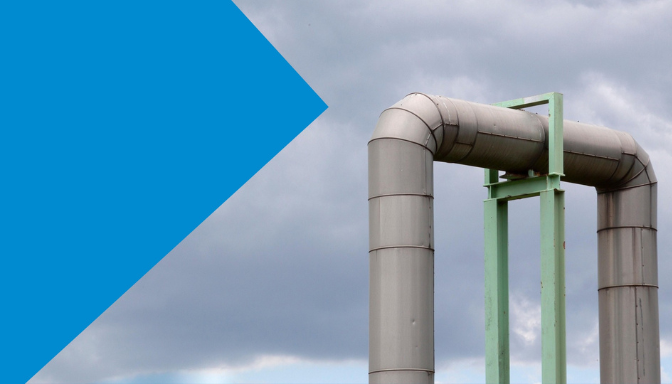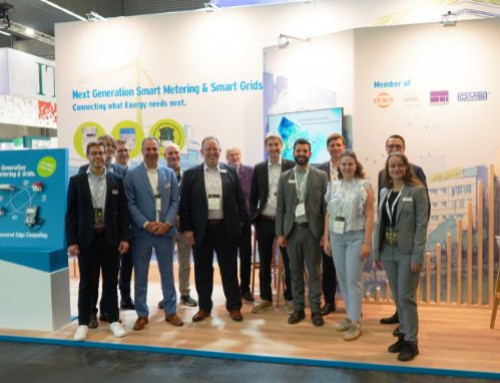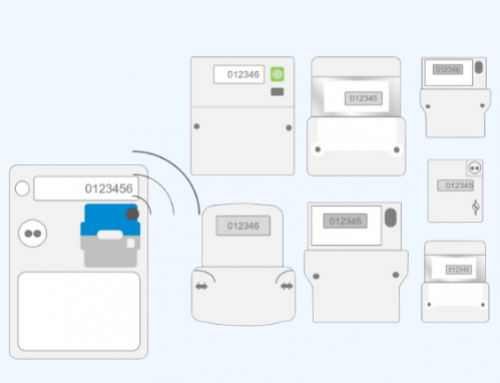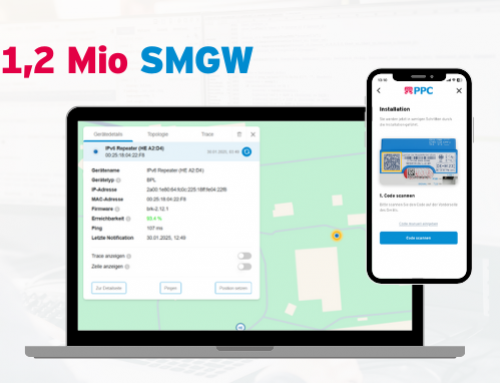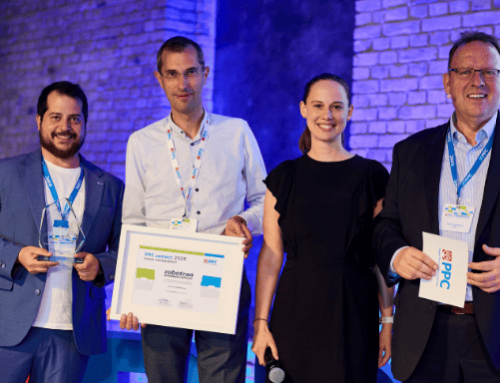What is the heat transition?. Around half of all energy consumption in Germany falls within the heating sector, with district heating being a major component. The increasing electrification of this energy source is creating both direct impacts on the electricity supply and indirect synergies in the digitalisation of the energy transition as a whole. This affects not just decentralised systems such as heat pumps. Throughout the entire district heating network, transfer stations in the buildings and their operational management must be digitalised in a cyber-resilient manner. Combined heat and power generation and large heat pumps on the generation side, together with building-related energy management, offer considerable potential for optimisation and flexibility in heat supply, which can be exploited through the collection of status data, energy flows and near real-time control. This is the only way to strengthen the outstanding role of district heating in a climate-neutral energy supply and to achieve potential efficiencies.
Together with its partners, PPC sees great synergies with the rollout of Intelligent Metering Systems (iMSys) for efficiently and cyber-securely implementing the digitalisation of heat supply. Strategies and solutions are being developed and tested in the WARAN research project.
There are various projects throughout Germany for the use of smart metering systems in heat supply. Accordingly, this year’s Expert Forum on Digitalisation organised by the District Heating Association (AGFW) provided an excellent platform for exchanging experiences and solutions. PPC’s CEO, Ingo Schönberg, was delighted to accept the invitation to speak and was able to contribute his experience from the early days of his career in combined heat and power and district heating. In his presentation ‘Potential, opportunities and challenges of Smart Meter Gateways in district heating,’ he explained perspectives for rollout and possible synergies with the heating network.
Good questions and appropriate answers
For us, the path towards further convergence of iMSys and district heating is clear. In systematic approaches to smart grids, district heating must be given greater consideration and synergies exploited. The WARAN innovation project is a magnifying glass that focuses on user potential and outlines possible implementation paths. The use of standards such as wMBUS according to OMS for meter data or real-time control of transfer stations, in combination with local energy management, are prime examples. The WAN interface of the Smart Meter Gateway with LTE is superior to LoRaWAN in terms of performance and cyber security and, with LTE450 or 5G Redcap, also offers solutions with excellent building penetration. This enables high data rates with low latency for control processes and data acquisition.
These developments prove that the use of the iMSys infrastructure in district heating has great potential and also opens up additional synergies in submetering. Of course, there are still challenges to be overcome, but these are not deal breakers for network operators and district heating planners. Experience is currently being gathered and solutions developed in more projects. Participants in the forum have already contacted us and want to evaluate the synergies with the iMSys infrastructure themselves in joint projects and learn more about the WARAN project.
